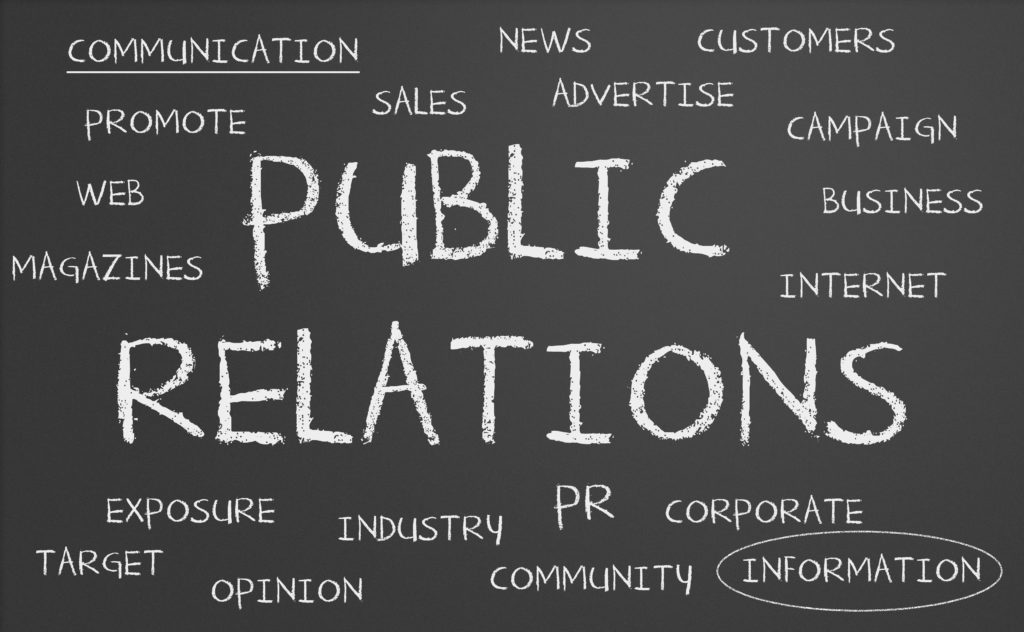Public Relations, does yours stand up?

In an article I recently read by Paul Noonan, there was a conference in 2012 where the members discussed how public relations (PR) is changing … and becoming more powerful. Public relations should be an integral part of your marketing strategy. There were seven key areas we thought were worthy to share.
- Internal communication is inseparable from external communication. Information can no longer be quarantined, in a world in which iPhone-wielding workers can broadcast your innermost corporate secrets from within conference walls, and news seeps seamlessly from the Twitter page to the broadcast studio.
- There is an increased need to be able to objectively assess threats and opportunities. PR professionals are needed more than ever, to help mine the corporate closet for “skeletons and stories” with the power to shape corporate reputations. In a crowded media landscape, PR is also becoming essential to separate genuine external threats – “the dogs that bite” – from the myriad “yappy little dogs” barking across cyberspace.
- Control is now an illusion. The 24-hour informational chaos and the rise of the “power of crowds” in controlling the flow of news are weakening the power of traditional media gatekeepers; the modern organization can no longer control information, but must instead engage with its stakeholders. In future, rising up the search rankings won’t be about manipulating algorithms, but fostering trusted human connections.The conversation age is replacing the information age, putting PR in the driving seat.
- Securing peer approval is key. Now that social media and traditional media are converging, and the boundary between online and offline reality is rapidly disappearing, it’s important for organizations to “insert themselves” into the social media space and own the conversation at an early stage. ,
- The core public relations skills base must be complemented by appropriate professional development. Multi-disciplinary skills and knowledge of the specific industry and business fundamentals is key for PR professionals to be taken seriously at the strategic and boardroom level.
- Public relations needs to be able to prove its impact on business. Measurement of the business benefits and the ROI of PR campaigns is critical. For example, the amount of “brand love” you have created or the level and strength of the human connections the campaign has built and how these translate into commercial outcomes.
- PR can prove its worth through “connected data” With the rise of “connected data”, Google (and Google+) will harness the power of peer approval to drive search results, and personalize information, giving PR its greatest ever opportunity to wrestle control of search back from the SEO merchants.
Even though this article is several years old, these key points still hold true. So the question is, how does your PR stand up? Please contact us for your complimentary consultation and evaluation. We are here to support you in all endeavors.


Trackbacks/Pingbacks